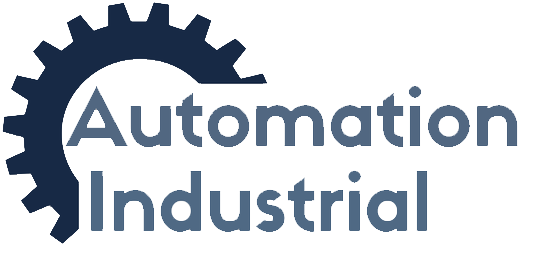Drive Control Boards: Steering Automation Towards Efficiency and Precision
Author: Nicholas Jones
Tags: Automation, Drives, Industry
Date: 1/24/24
In the realm of industrial automation, drive control boards have become indispensable tools. These sophisticated electronic components are central to controlling and managing the operation of motors in various automated systems. From manufacturing assembly lines to robotic operations, drive control boards are instrumental in enhancing the efficiency, precision, and reliability of automated processes. This comprehensive exploration examines the role of drive control boards in automation, highlighting their functionality, benefits, and wide-ranging applications.
The Essence of Drive Control Boards
Drive control boards are the brains behind motor operations in automated systems. They function by regulating the power supplied to motors, precisely controlling parameters like speed, torque, and position. These boards can be tailored to suit different types of motors, including AC, DC, servo, and stepper motors, each suited for specific applications in automation.
The sophistication of drive control boards lies in their ability to rapidly process inputs and outputs, making real-time adjustments to motor operations. This capability is key in applications where precision and responsiveness are critical.
Enhancing Efficiency in Manufacturing
In the manufacturing sector, drive control boards play a pivotal role. They are used to control conveyor belts, robotic arms, and other automated machinery, ensuring products are manufactured with high precision and consistency. The ability of these boards to precisely control motor speed and position translates to improved product quality and increased production rates.
In industries like automotive manufacturing, where precision is paramount, drive control boards facilitate the meticulous assembly of components, contributing to the overall efficiency and reliability of the manufacturing process.
Drive Control in Packaging and Material Handling
Drive control boards are also crucial in packaging and material handling. They ensure that machinery such as packaging lines, palletizers, and sorting systems operate at optimal speeds, adapting to different packaging requirements. This adaptability is essential in sectors like e-commerce and logistics, where there is a need for handling a wide variety of products.
Robotics and Automated Guided Vehicles
In robotics, drive control boards are at the heart of operation. They enable precise control over robotic movements, essential in applications ranging from industrial welding to medical surgery. The precision afforded by these boards enhances the capabilities of robots, allowing them to perform complex tasks with high accuracy.
Automated Guided Vehicles (AGVs), used extensively in warehouses and distribution centers, rely on drive control boards for navigation and movement. These boards help AGVs in maneuvering through facilities, transporting goods efficiently while avoiding obstacles.
Energy Savings and Sustainability
One of the significant advantages of drive control boards is their contribution to energy efficiency. By optimizing motor operation, these boards reduce energy consumption, leading to significant cost savings and a lower environmental footprint. In industries where motors account for a substantial portion of energy use, such as water treatment and HVAC systems, the energy savings achieved through drive control boards are particularly impactful.
Integration with Advanced Technologies
Drive control boards are increasingly integrating with advanced technologies like the Internet of Things (IoT), Artificial Intelligence (AI), and cloud computing. This integration enables more intelligent and autonomous operations, with systems capable of self-diagnosis, predictive maintenance, and real-time optimization.
In smart factories, drive control boards are part of a larger network of connected devices. They communicate with other systems, sharing data and making autonomous decisions, leading to more efficient and intelligent operations.
Challenges and Future Prospects
While drive control boards offer numerous benefits, they also come with challenges. Designing boards that can withstand harsh industrial environments and ensuring compatibility with various motor types are some of the hurdles. Additionally, as automation technologies evolve, drive control boards must adapt to new standards and protocols.
Looking ahead, the future of drive control boards in automation is likely to see further integration with digital technologies, IoT, and AI. As more devices become interconnected, the role of drive control boards in facilitating this connectivity will be crucial. Moreover, the integration of AI can lead to smarter data processing and decision-making capabilities in these systems.
Conclusion
Drive control boards are an integral part of modern industrial automation, playing a crucial role in enhancing productivity, efficiency, and safety. They bring precision, energy conservation, and flexibility to the operation of machinery, adapting to the ever-changing demands of industrial processes. As technology continues to advance, the importance of drive control in ensuring the smooth, efficient, and safe operation of automated systems will only grow. These systems, evolving with the latest technological advancements, are set to continue driving innovation and efficiency in the industrial sector, shaping the future of manufacturing and processing in an increasingly automated world.
